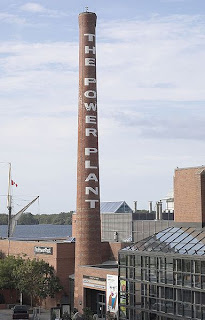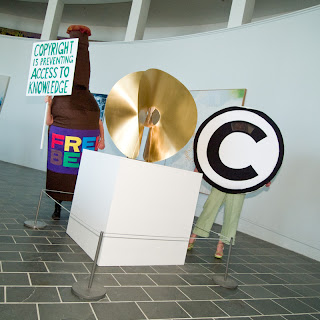 Ephemera collage from The Ephemera Society of America
Ephemera collage from The Ephemera Society of AmericaOn Michele Behan's list of "The Top Ten Reasons to Profit from Ephemora (In a Tough Economy)", she states that paper collectables are perceived to hold their value better than paper dollars due to incendiary inflation which started in the 1970s. The worth of ephemera is related to many factors - its condition, its completeness if part of a set, etc.... However, the most important of these factors is the legacy of the event to which the material is tied. If the reputation of the event and associated persons increases over time, the worth of the ephemera will increase as well. Unfortunately, this is the one factor that is also far beyond individual control. Nevertheless, a keen eye and sense of history can give a person predictive powers. Either way, a return - even if it is minimal or only sentimental - is almost always guaranteed, as ephemera costs nothing to own and little to store.


















































